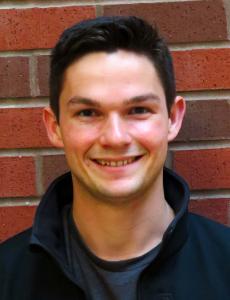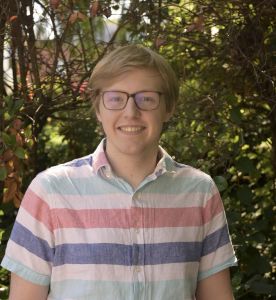Electrons in quantum superpositions of electrons
Qubits, the building blocks for quantum computers, involve a quantum system being placed in a superposition of two states of being. Normally, an interaction
In Johnson, C. W., Turner, A. E., García de Abajo, F. J. & McMorran, B. J. Inelastic Mach-Zehnder Interferometry with Free Electrons. Phys. Rev. Lett. 128, 147401 (2022) (https://link.aps.org/doi/10.1103/PhysRevLett.128.147401), the McMorran lab showed that under certain conditions, electrons placed a qubit state can interact with the environment but still retain their quantum behavior. In this experiment, an electron is made to traverse a superposition of two separated paths through space – the equivalent of two different states of a qubit. In each path, the electron passes on both sides of a small metal object – a condition that would be impossible at the everyday scale of human beings, but a scenario made possible at the nanoscale by quantum mechanics. The passing electron excited the nanoscale metal object, losing energy in the process. For those that study quantum physics, one might expect that this interaction would “measure” which path the electron took, thereby destroying the quantum behavior, but the group was able to show that the electron paths continue to interfere with each other, acquiring a relative change in the timing of the two wavefunctions. This change in timing – a 180 degree phase shift – can provide a new way to explore excitations at the nanoscale.
In the news:
Ben McMorran

Will Parker

Andrew Ducharme



